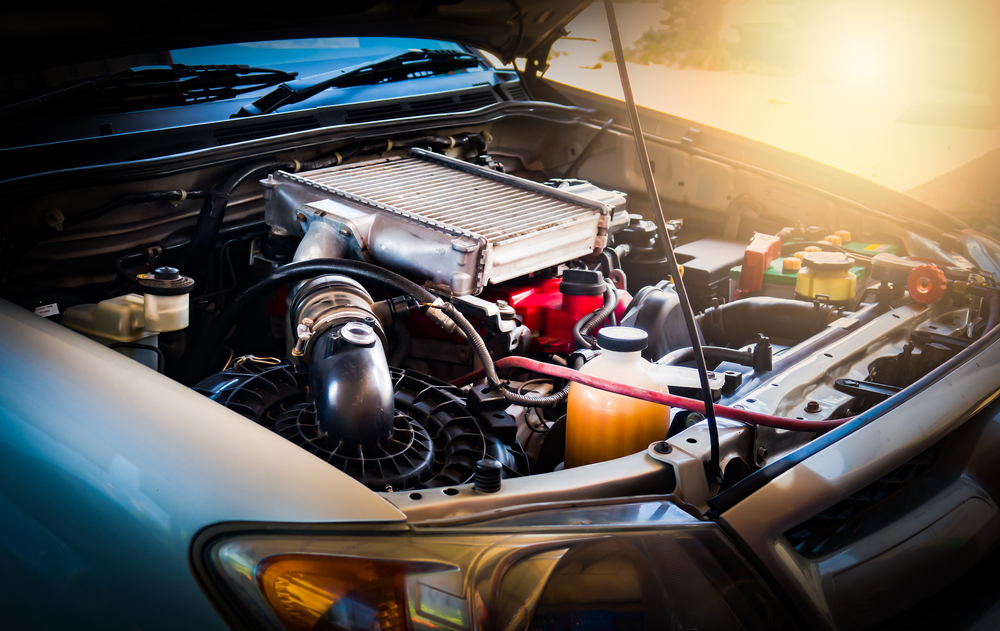The Unseen Powerhouse: Discovering the Intricacies of the Automotive Powertrain
The powertrain, the heart and soul of any vehicle, is a marvel of mechanical engineering that often goes unnoticed by the average driver. Let's delve into the history, technology, and future trends surrounding this critical automotive component. Picture the roaring engine of a classic car, the whine of a high-performance sports car as it accelerates, or even the quiet hum of a family sedan. These sounds, though different, share a common source: the powertrain. Let's uncover the intricacies of this unseen powerhouse.
The Powertrain: A Journey Through Time
In the early days of the automotive industry, powertrains were relatively simple mechanical systems. They consisted of an internal combustion engine that converted fuel into kinetic energy, a transmission that controlled the engine’s speed and torque, and a differential that transferred this power to the wheels. However, as vehicles evolved, so did their powertrains.
The 1960s and 70s saw significant advancements in powertrain technology, with the introduction of more efficient engines and complex transmission systems. The 90s brought about electronic control units (ECUs), transforming powertrains into computer-controlled systems. This leap in technology allowed for more precise control of engine parameters, improving fuel efficiency and performance.
Powertrain Tech Today: More Than Just Horsepower
In today’s automotive landscape, powertrain technology has broadened to include systems like the drivetrain, which consists of the transmission, driveshafts, axles, and wheels. Modern powertrains also encompass the engine cooling system, fuel system, and even the exhaust system. Each of these components plays a crucial role in a vehicle’s performance, fuel efficiency, and emissions.
Advanced technologies like Continuously Variable Transmissions (CVTs), Dual-Clutch Transmissions (DCTs), and advanced fuel injection systems have revolutionized powertrain performance. Moreover, the advent of sophisticated ECUs has enabled the integration of advanced driver assistance systems (ADAS), further enhancing vehicle safety and performance.
The Future: Powertrains in a Changing Automotive Landscape
The powertrain’s future lies in optimizing performance, enhancing fuel efficiency, and reducing emissions. The industry’s shift towards cleaner energy sources has led to the development of innovative powertrain configurations, such as those found in hydrogen fuel cell vehicles.
While the combustion engine isn’t going away anytime soon, it’s likely to become more efficient and cleaner. The use of advanced materials and manufacturing techniques will play a crucial role in this evolution.
Powertrains: The Unseen Heroes of Automotive Performance
In summary, while powertrains may not be the most glamorous aspect of a vehicle, they are undoubtedly one of the most important. Their evolution over the years has transformed the way we drive, making our journeys safer, more efficient, and more enjoyable. As we look to the future, the powertrain’s role in shaping the automotive landscape is only set to increase.
So, the next time you’re behind the wheel, spare a thought for the intricate mechanics working tirelessly beneath you. After all, without the humble powertrain, our vehicles would be little more than stationary metal shells.





